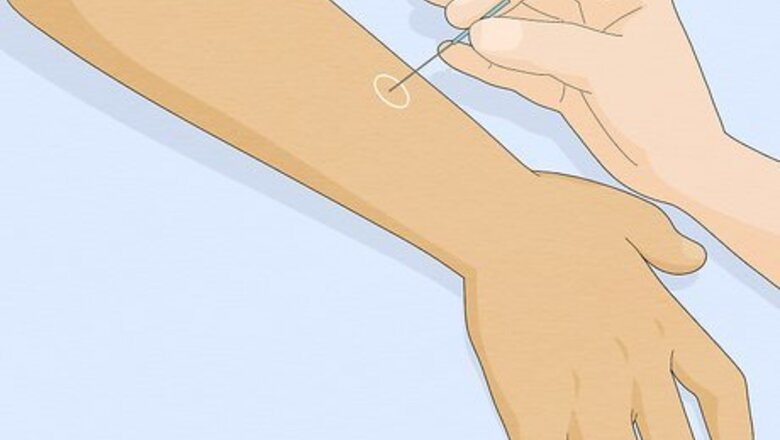
views
X
Expert Source
Peter D'Aquino, L.Ac, MS, NCCAOMLicensed Acupuncturist
Expert Interview. 14 April 2020.
There are points along the trunk, legs, and arms which, if punctured at the right angle by acupuncture needles, can relieve constipation. Some points work better for constipation related to pregnancy, though they can also be used by people who are constipated but not pregnant. If acupuncture isn’t working for you, or you don’t want to try it, you can use a similar process – acupressure – to relieve constipation with gentle pressure on specific points across the body.
- If you're pregnant, you may find that acupuncture points in your wrist, ankle, and lower leg can help you get relief from chronic constipation.
- You might also notice an improvement in your symptoms if you have acupuncture done on the inner foot or near the bottom of your ribcage.
- Some people find that electroacupuncture, which uses a mild electric current, is especially helpful for relieving constipation.
- If you're nervous about acupuncture, you might get similar results from acupressure, where a practitioner presses on points to stimulate them rather than using a needle.
Treating Pregnancy-related Constipation
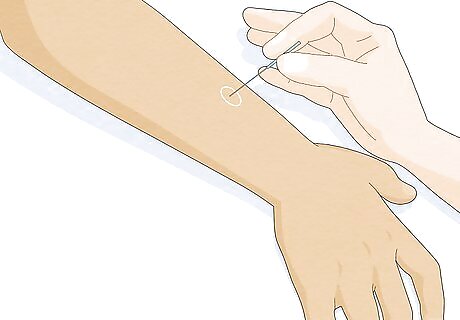
Apply acupuncture to zhigou (SJ 6). Zhigou is a point located on the top side of the forearm about four inches (10 centimeters) above the wrist. Insert an acupuncture needle of 1–1.5 inches (2.5 – 4 centimeters) in length at a perpendicular angle to relieve constipation with this method.
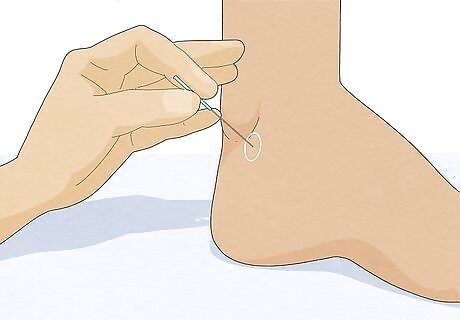
Get acupuncture at your zhaohai point. Acupuncture applied to the zhaohai point (KID 6) can help you fight constipation, especially when combined with the zhigou point. The zhao hai point is located on the inside (medial aspect) of the foot just below the point of the medial malleolus (the bony bump that protrudes from the inside of your ankle). An acupuncture needle applied 4/10’’-7/10’’ (1-1.75 centimeters) at a perpendicular angle should do the trick.
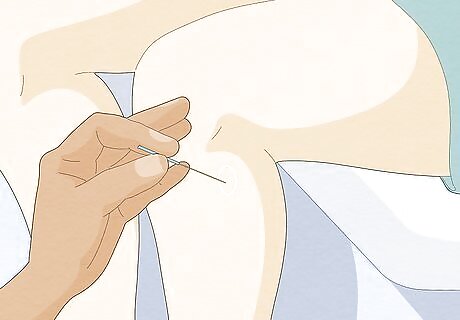
Try acupuncture point ST 36 (tsusanli). This point is located on the inside of the lower leg about halfway between the ankle and knee. Inserting an acupuncture needle at a perpendicular angle to a depth of 1-2.5 inches (2.5-6 centimeters).
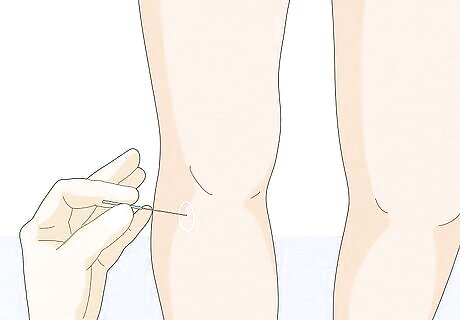
Use the yanglingquan point (GB 34). GB 34 is located on the outside of the leg just below the knee. Pierce the point with an acupuncture needle 1-2 inches (2.5-5 centimeters) deep at a perpendicular angle.
Using Other Acupuncture Points and Methods
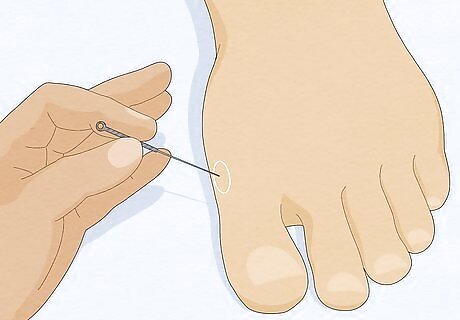
Try acupuncture point SP3 (taibai). This point is located on the inside of the foot. If you turn your foot inward and look at it in profile, the taibai point lies about halfway between the tip of the big toe and the medial malleolus (the bony bump that protrudes from the inside of your ankle). Apply an acupuncture needle about 7/10’’-1’’ (1.6-2.6 centimeters) deep. The taibai point also strengthens anti-pathogenic activity and regulates the health of internal organs. The English translation of this point’s Chinese name is “Supreme White.”
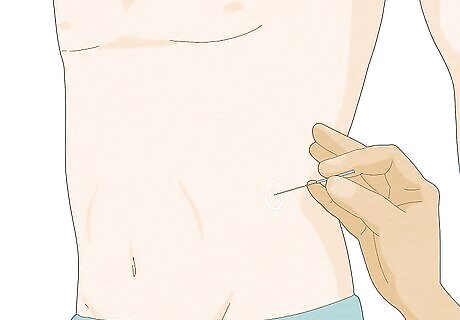
Apply acupuncture to LR13 (zhangmen). This point is located on the side of the abdomen just below your last rib. To take advantage of the anti-constipation properties of this point, insert an acupuncture needle to a depth of about 3.3 centimeters (1.3 inches) at a perpendicular angle. This point is also used to ensure a healthy spleen, and is used to treat jaundice and hypochondria.
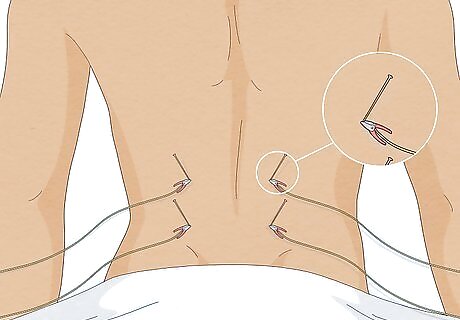
Use electroacupuncture. Electroacupuncture is like regular acupuncture, but involves a needles that use a low-level electric current to stimulate the tissues and muscles. This type of acupuncture has been shown to significantly relieve constipation. If you are not seeing results from regular acupuncture, give electroacupuncture a try. Ask your local oriental medicine specialist or massage therapist about getting electroacupuncture. Electroacupuncture treatments cost about $75 to $120.
Using Acupressure to Ease Constipation
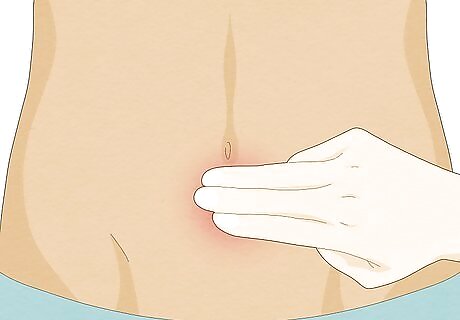
Try point CV6 (qihai). This point is located three finger widths below your belly button. Place your index, middle, and ring fingers in a straight line against your belly with your palm facing your body. Your CV6 point is located at the intersection of the bottom of your ring finger and an invisible line you can trace straight down from your belly button. Close your eyes and press the point gently to a depth of no more than one inch. Maintain pressure for 30 seconds. Breathe normally. Release pressure after 30 seconds. The English translation of this point is the Sea of Qi. In Chinese, “qi” means life force or energy.

Use point CV12 (zhongwan). The zhongwan point – also known as the “center of power” – is located halfway between the belly button and the base of the breastbone. Press the zhongwan point for no more than two minutes. Use gentle downward pressure to a depth of less than one inch. Do not eat before pressing the zhongwan point. CV12 is also useful for treating other digestive problems, heartburn, and stress. When combined with breathing exercises, it can help treat depression, too.
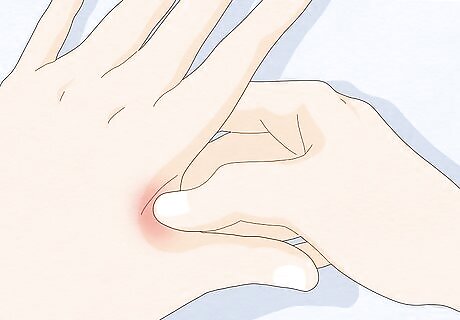
Press LI4 (hegu). LI4 is the fleshy webbing on the hand where the thumb and index finger connect. Simply squeezing the flesh of this area gently for about one minute while taking slow, deep breaths. In translation, hegu means Joining Valley. In addition to constipation, pressure on LI4 might relieve toothaches, strengthen the immune system, and reduce the severity of allergies. Massaging the hegu point is not recommended for pregnant people.
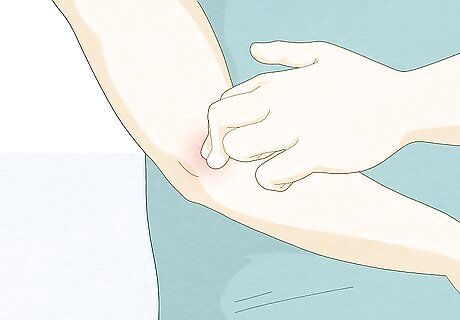
Massage the LI11 point. The LI11 point is located on the outer edge of your elbow’s crease. To find it, extend your arm in front of you with your palm up. With your opposite hand, lay your index finger across the crook of your elbow. The tip of your index finger should naturally lie on LI11. Push the point inward gently for about one minute while breathing deeply. This point is also known as the crooked pond. Massaging LI11 can help stiff joints in the arm, including elbow pain, and may regulate body temperature.

Try perineal massage. Perineal massage is a specific type of acupressure that involves massaging the perineum (the area between the anus and genitals). Use repeated gentle, circular motions on the perineum. These motions should help you break up, pass, or soften your constipated stool.














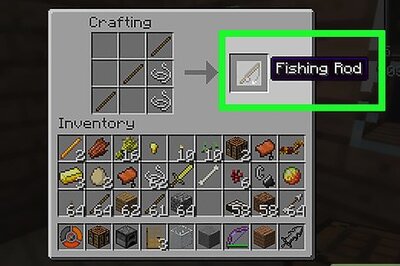


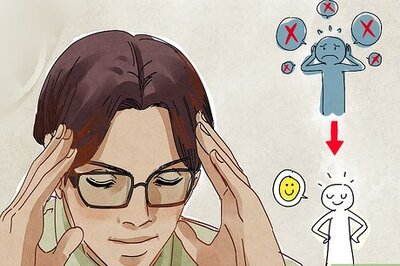


Comments
0 comment